2013 Chevrolet Cruze Brake Rotors and Pads
Click here to search another vehicle
All Rotors:
OEM x
Coated x
Drilled, Slotted and Coated x
Front x
Rear x
All Pads:
Ceramic x
Semi-metallic x
Front x
Rear x
Found 13 record
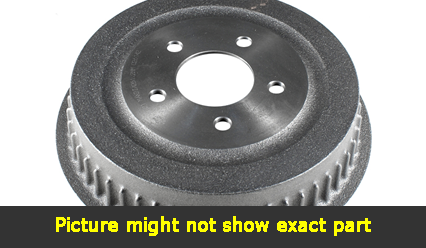
Part No: BD80132
Raybestos: 97812
OE:
Raybestos: 97812
OE:
$62.08 each
Per Car QTY: 2
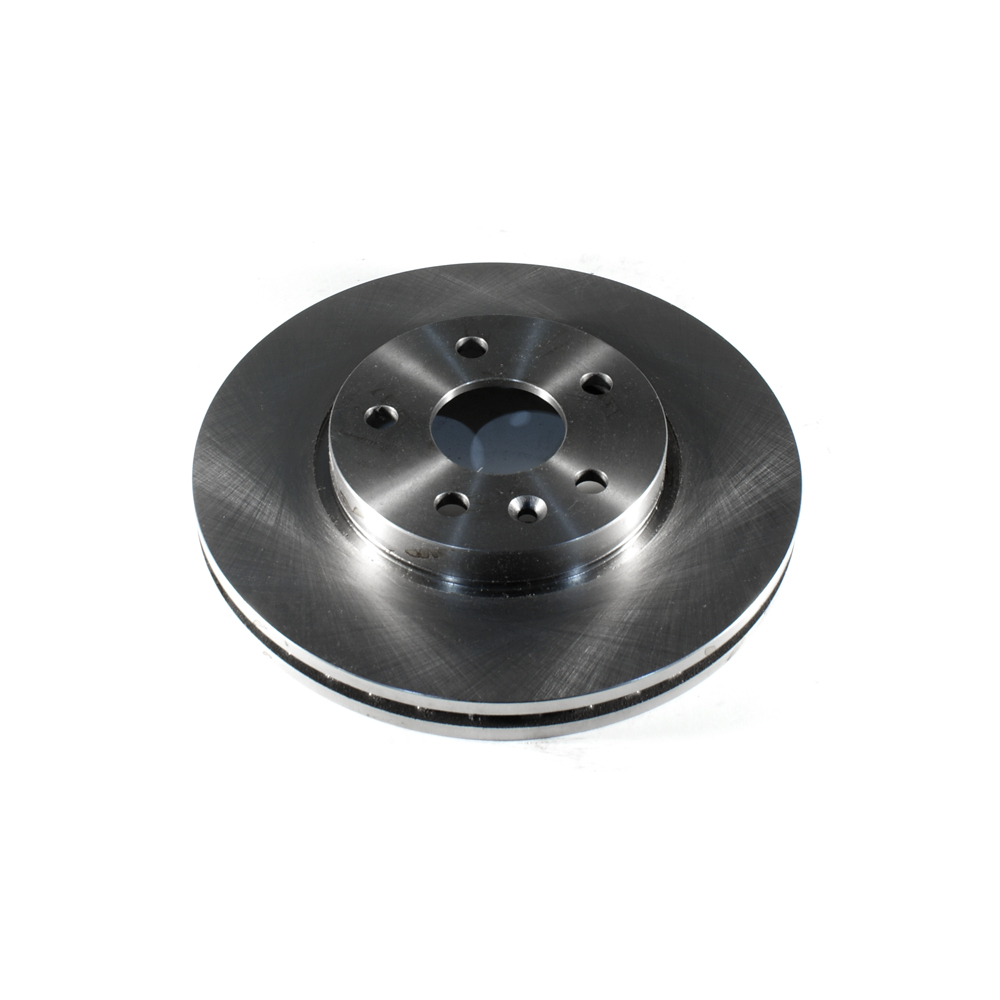
Part No: BR55185
Raybestos: 580770
OE:
Raybestos: 580770
OE:
$46.1 each
Per Car QTY: 2
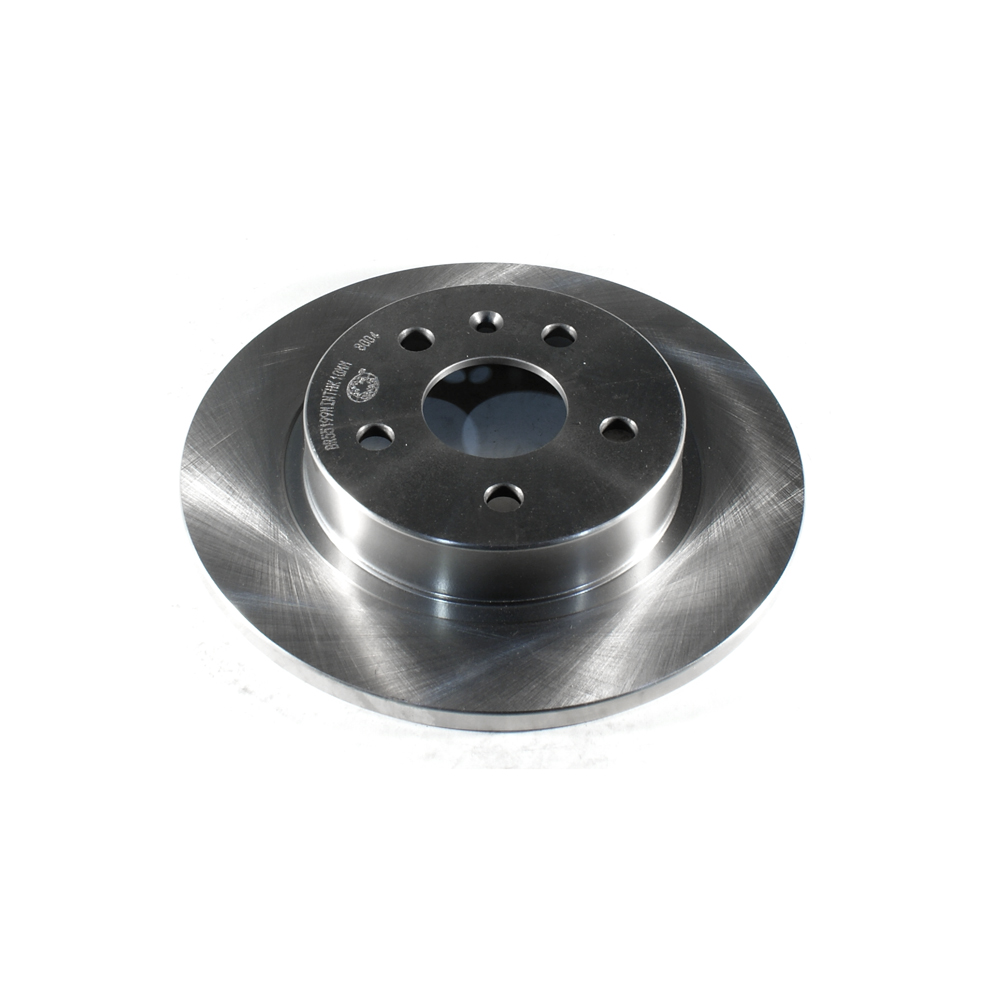
Part No: BR55199
Raybestos: 580769
OE:
Raybestos: 580769
OE:
$33.84 each
Per Car QTY: 2

Part No: PP55185
Raybestos: 580770
OE:
Raybestos: 580770
OE:
$58.97 each
Per Car QTY: 2
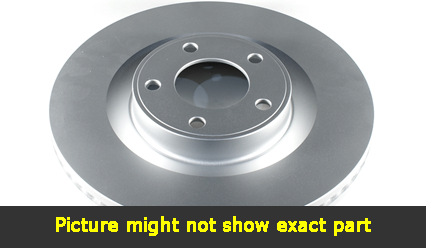
Part No: PP55199
Raybestos: 580769
OE:
Raybestos: 580769
OE:
$43.65 each
Per Car QTY: 2
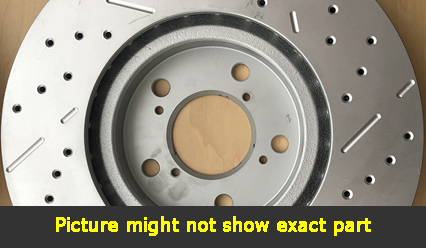
Part No: SP55185L
Raybestos: 580770
OE:
Raybestos: 580770
OE:
$91.37 each
Per Car QTY: 1
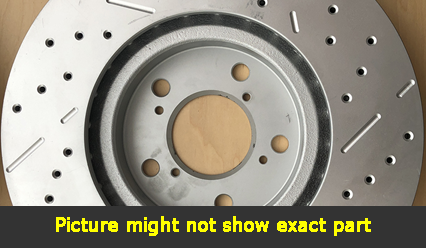
Part No: SP55185R
Raybestos: 580770
OE:
Raybestos: 580770
OE:
$91.37 each
Per Car QTY: 1
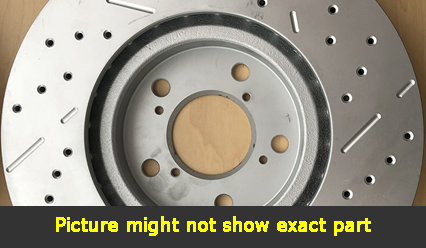
Part No: SP55199L
Raybestos: 580769
OE:
Raybestos: 580769
OE:
$76.05 each
Per Car QTY: 1
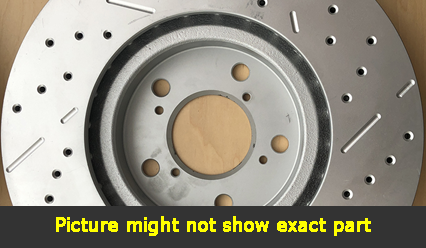
Part No: SP55199R
Raybestos: 580769
OE:
Raybestos: 580769
OE:
$76.05 each
Per Car QTY: 1
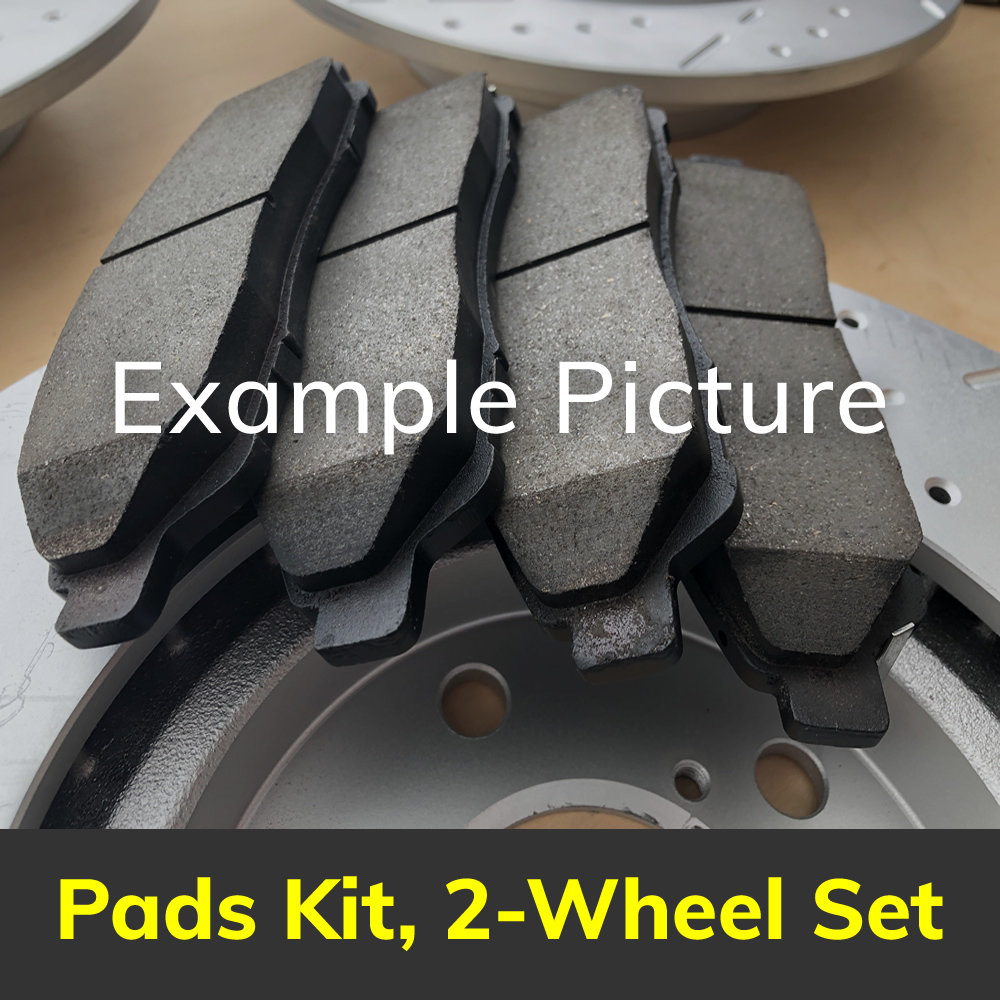
Part No: PD1522C
Raybestos: 1522
OE:
Raybestos: 1522
OE:
$37.22 each
Per Car QTY: 1
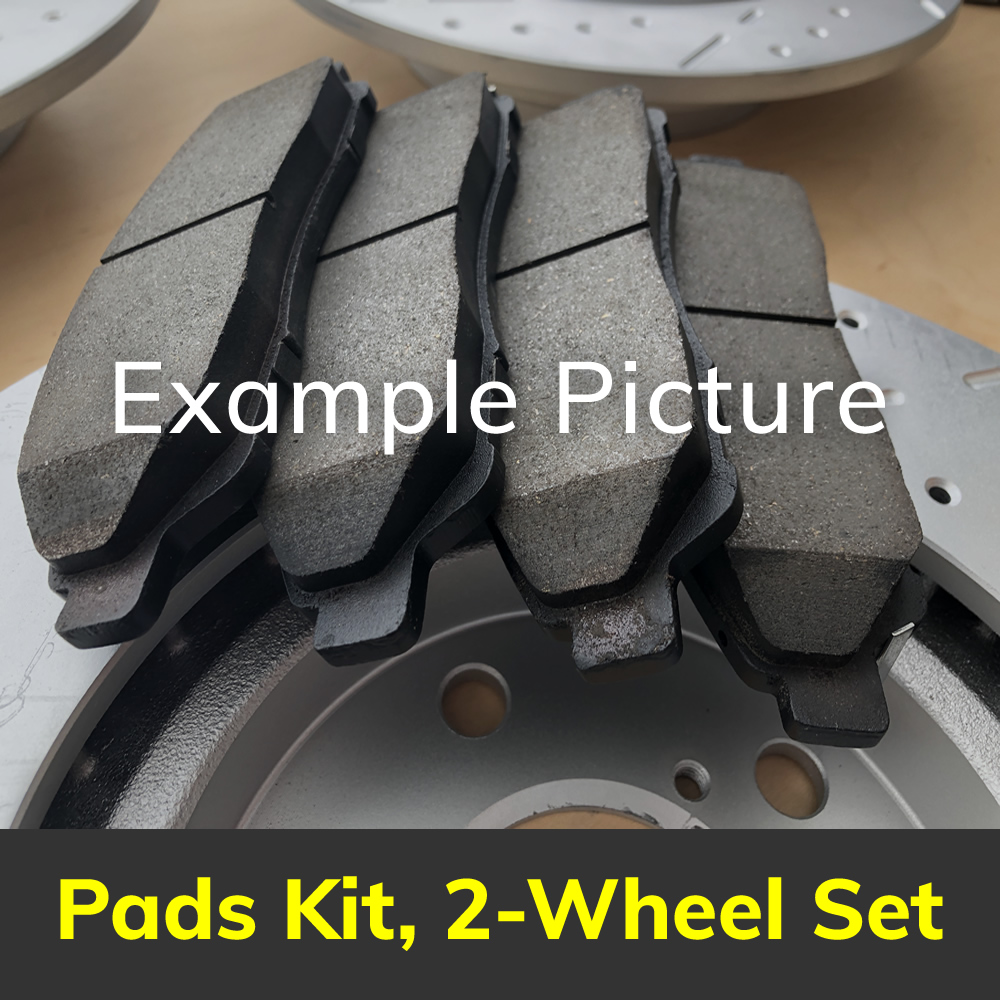
Part No: PD1468C
Raybestos:
OE:
Raybestos:
OE:
$26.42 each
Per Car QTY: 1
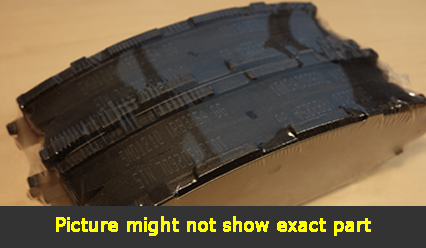
Part No: SMD1522
Raybestos:
OE:
Raybestos:
OE:
$28.01 each
Per Car QTY: 1
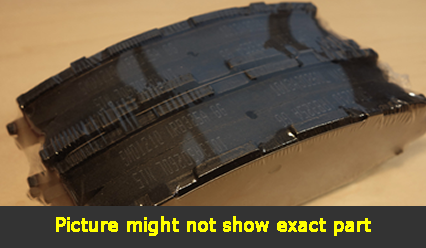
Part No: SMD1468
Raybestos:
OE:
Raybestos:
OE:
$24.79 each
Per Car QTY: 1
When it comes to choosing brakes for your car, especially a 2013 Chevrolet Cruze, it is essential to understand the rules and guidelines to ensure optimal performance, safety, and longevity. Brakes are a critical component of any vehicle, and selecting the right ones can make a significant difference in terms of stopping power and overall driving experience. In this article, we will discuss the key factors to consider when choosing brakes for your 2013 Chevrolet Cruze.
1. OEM vs. Aftermarket:
The first decision you need to make is whether to go for Original Equipment Manufacturer (OEM) brakes or opt for aftermarket alternatives. OEM brakes are brake systems manufactured by the same company that produced your car, ensuring reliability and compatibility. They are specifically designed to meet the car's requirements and often offer a perfect fit. Aftermarket brakes, on the other hand, are produced by third-party manufacturers. While they may provide more options and potentially cost less, it is crucial to research their quality and reputation before making a purchase.
2. Driving Style and Conditions:
Consider your driving style and typical driving conditions when choosing brakes. If you are a spirited driver who enjoys high-speed driving or track days, you may want to opt for performance-oriented brake pads and rotors. These brakes can handle aggressive driving and higher temperatures. On the other hand, if you primarily drive in normal traffic conditions and don't have aggressive driving habits, standard brake pads and rotors will suffice.
3. Brake Pad Material:
The brake pad material will significantly impact the braking performance, noise, dust accumulation, and rotor wear. There are three common types of brake pad materials: organic, semi-metallic, and ceramic. Organic pads are made from non-metallic materials and offer quieter operation, less rotor wear, and low-to-moderate dust accumulation. Semi-metallic pads are made with a mixture of metals and are more durable, offer better heat resistance, but tend to create more dust and can result in increased rotor wear. Ceramic brake pads are known for their excellent stopping power, reduced noise, minimal dust accumulation, and improved rotor life. However, they are generally more expensive.
4. Brake Rotor Material:
Brake rotors are available in several materials, including cast iron, carbon composite, and ceramic. For regular day-to-day driving, cast iron rotors are the most common and cost-effective choice. They offer good performance, durability, and heat dissipation. Carbon composite and ceramic rotors are generally used in high-performance applications due to their superior heat resistance and weight savings.
5. Vehicle Compatibility:
Ensure that the brakes you choose are specifically designed for your 2013 Chevrolet Cruze. Compatibility is crucial to ensure proper fitment, functionality, and optimal performance. Consult the vehicle's manual or seek advice from professionals if you have any doubts.
6. Expert Recommendations:
It is always a good idea to consult with automotive professionals or brake specialists who have experience with Chevrolet Cruze models. They can provide valuable insights and recommendations based on your specific requirements, driving habits, and budget.
7. Budget:
While it's tempting to solely focus on price, it is important to strike a balance between budget and quality. Investing in high-quality brakes will offer better performance, durability, and safety in the long run. Consider your budget and evaluate various options to make an informed decision.
In conclusion, choosing the right brakes for your 2013 Chevrolet Cruze requires considering factors such as OEM vs. aftermarket brakes, driving style and conditions, brake pad material, brake rotor material, vehicle compatibility, expert recommendations, and budget. With thorough research and a clear understanding of your specific needs, you can find brakes that enhance your driving experience while ensuring safety and reliability on the road.
1. OEM vs. Aftermarket:
The first decision you need to make is whether to go for Original Equipment Manufacturer (OEM) brakes or opt for aftermarket alternatives. OEM brakes are brake systems manufactured by the same company that produced your car, ensuring reliability and compatibility. They are specifically designed to meet the car's requirements and often offer a perfect fit. Aftermarket brakes, on the other hand, are produced by third-party manufacturers. While they may provide more options and potentially cost less, it is crucial to research their quality and reputation before making a purchase.
2. Driving Style and Conditions:
Consider your driving style and typical driving conditions when choosing brakes. If you are a spirited driver who enjoys high-speed driving or track days, you may want to opt for performance-oriented brake pads and rotors. These brakes can handle aggressive driving and higher temperatures. On the other hand, if you primarily drive in normal traffic conditions and don't have aggressive driving habits, standard brake pads and rotors will suffice.
3. Brake Pad Material:
The brake pad material will significantly impact the braking performance, noise, dust accumulation, and rotor wear. There are three common types of brake pad materials: organic, semi-metallic, and ceramic. Organic pads are made from non-metallic materials and offer quieter operation, less rotor wear, and low-to-moderate dust accumulation. Semi-metallic pads are made with a mixture of metals and are more durable, offer better heat resistance, but tend to create more dust and can result in increased rotor wear. Ceramic brake pads are known for their excellent stopping power, reduced noise, minimal dust accumulation, and improved rotor life. However, they are generally more expensive.
4. Brake Rotor Material:
Brake rotors are available in several materials, including cast iron, carbon composite, and ceramic. For regular day-to-day driving, cast iron rotors are the most common and cost-effective choice. They offer good performance, durability, and heat dissipation. Carbon composite and ceramic rotors are generally used in high-performance applications due to their superior heat resistance and weight savings.
5. Vehicle Compatibility:
Ensure that the brakes you choose are specifically designed for your 2013 Chevrolet Cruze. Compatibility is crucial to ensure proper fitment, functionality, and optimal performance. Consult the vehicle's manual or seek advice from professionals if you have any doubts.
6. Expert Recommendations:
It is always a good idea to consult with automotive professionals or brake specialists who have experience with Chevrolet Cruze models. They can provide valuable insights and recommendations based on your specific requirements, driving habits, and budget.
7. Budget:
While it's tempting to solely focus on price, it is important to strike a balance between budget and quality. Investing in high-quality brakes will offer better performance, durability, and safety in the long run. Consider your budget and evaluate various options to make an informed decision.
In conclusion, choosing the right brakes for your 2013 Chevrolet Cruze requires considering factors such as OEM vs. aftermarket brakes, driving style and conditions, brake pad material, brake rotor material, vehicle compatibility, expert recommendations, and budget. With thorough research and a clear understanding of your specific needs, you can find brakes that enhance your driving experience while ensuring safety and reliability on the road.


